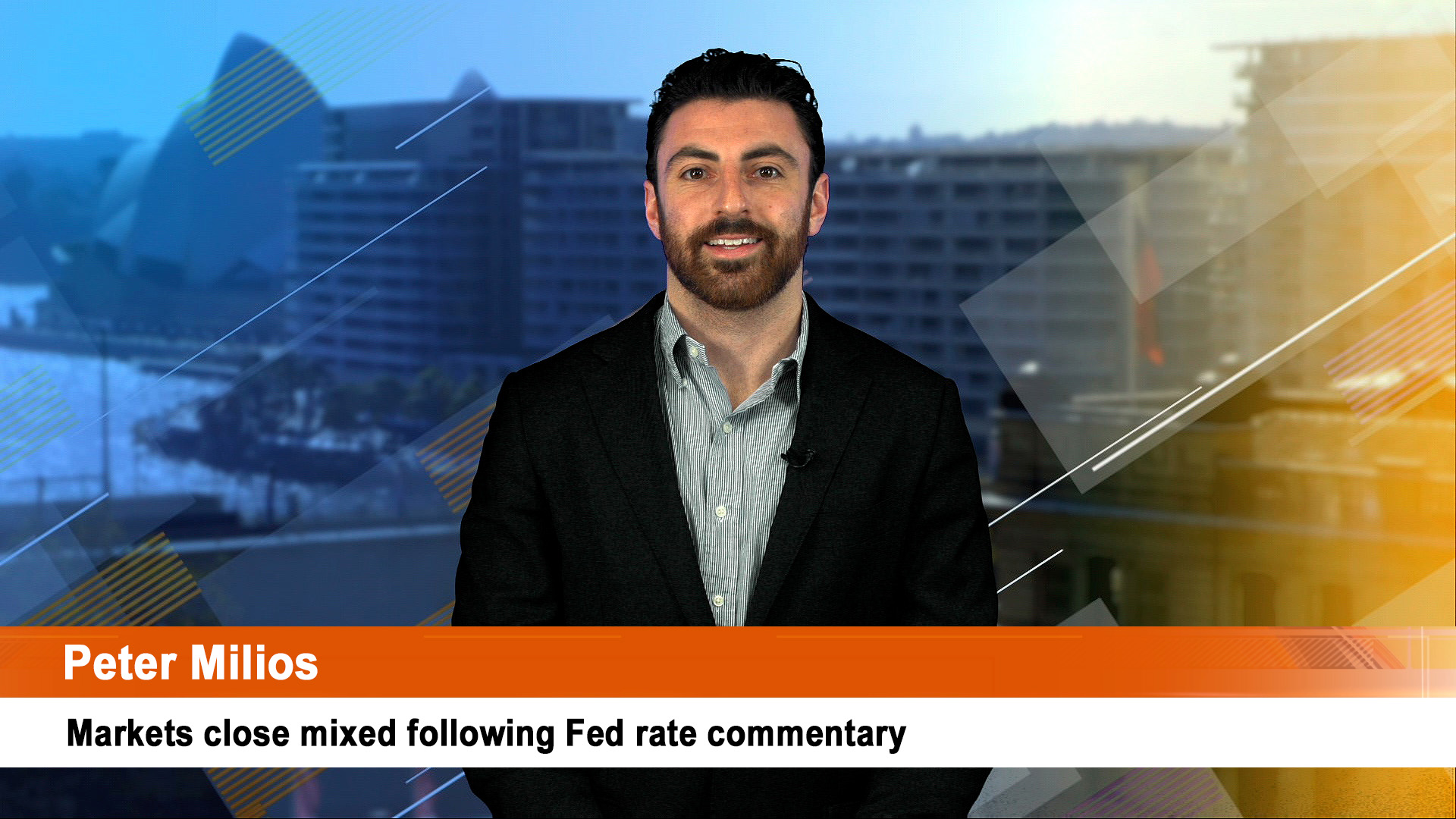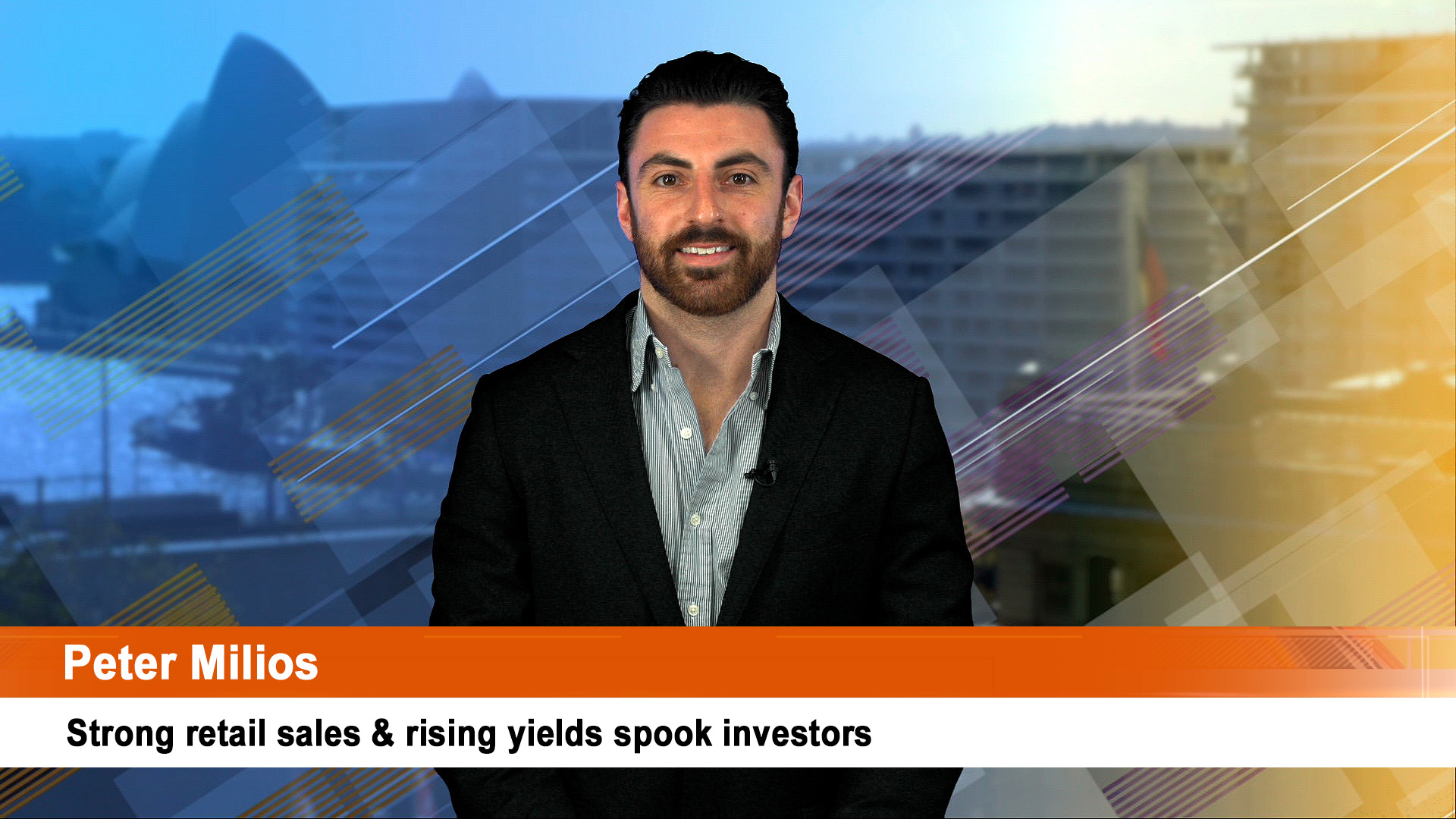There’s a lot for markets to grapple with this week here and offshore – there’s inflation and bank earnings that will dominate the coming week in Australia markets, while offshore there’s the September quarter reporting season, Covid infections – especially in the UK and Germany; the Chinese economy, weaker US economic growth for the three months to September and the start of the big climate conference in Glasgow next Sunday.
Central banks meet in Canada, the European Central Bank and the Bank of Japan hold meetings – The Bank of Canada could lift rates thanks to higher inflation or start reducing its quantitative easing.
Besides Australia, inflation data will also be released in the eurozone.
For Australia, Prime Minister Scott Morrison is going to the conference but just what policy and ideas he will be taking remains undecided while the National Party holds the rest of the government to ransom.
Rio Tinto showed the weakness of the government and the Nationals last week by committing itself to spend $10 billion from next year to halve its operational emissions by 2030. The NSW coalition government has been just as aggressive in revealing its plans to cut emissions as well.
So far it’s the Australian business sector that has been showing the way, along with state government’s such as the old and new administrations in NSW.
But it will be the September quarter Consumer Price Index on Wednesday that dominate all the commentary, especially with bond market bunnies chattering because they want a rise in interest rates before the Reserve Bank sees one possible in 2024.
Moody’s economists wrote at the weekend Australia’s inflation likely eased over the September quarter on cooling domestic demand, settling at 2.4% in yearly terms, down from 3.8% in the prior quarter.
Other economists are not so optimistic – the ANZ sees a rise of 0.9% quarter on quarter and more than 3% year on year. The AMP’s Shane Oliver sees a rise of 0.8% quarter on quarter and an annual rate of 3.1%.
That would unchanged from the June quarter’s 0.8% rise but down sharply from the 3.8% rise in the year to June.
IHS Markit sees a slowing to an annual rate of 2.1%.
“Key drivers are expected to be strong gains in prices for food, alcohol, clothing and furnishing, petrol prices (up around 6%) and a solid gain in rents but with the HomeBuilder subsidy keeping new dwelling purchase costs down and the underlying trimmed mean and median measures of inflation remaining at 0.5%qoq or 1.9%yoy,” Dr Oliver said.
“This would be only slight above RBA forecasts for underlying inflation so would be unlikely to have a significant impact on its forecasts,” he said. The Australian result would be very different to the
4.9% annual rate in New Zealand in the third quarter, the highest since the second quarter of 2011 and above forecasts of 4.1%.
Australia’s experience will be also different to other economies like the US, UK, the eurozone, Canada, South Korea, Singapore where inflation is rising or remains higher than forecast.
…………
In other Australian data this week, Friday’s retail sales figures could show a gain of 1.5% gain (after 7.7% in August), but a 5.1% fall in September quarter retail sales volumes. Housing credit is forecast to again rise in the September credit data for the Reserve Bank on Friday.
ANZ ’s full year results on Thursday dominate the Australian corporate scene in the coming week, along with the first half figures from Macquarie on Friday.
There’s also quarterly trading updates expected from Coles and Woolies, plus Fortescue Metals’ September quarter figures along with those from the country’s biggest gold miner, Newcrest.
Chalice Mining’s quarterly is top of the list for mining analysts who wonder whether the company will reveal an initial resource for its exciting Julimar nickel, copper-PGE find north east of Perth.
…………
In the US, the third quarter earnings season hits its peak this week with 46% of the S&P 500 companies reporting – with tech majors, big car makers like GM, consumer giants like Coca Cola or McDonald’s, a big broadcaster and the social media giants like Facebook and Twitter, along with Alphabet and oil giants like Exxon Mobil and Chevron (See separate story).
As well the battle for President Biden to get his spending packages through the US congress will reach a peak this week. Don’t be surprised if it all produces a damp squib thanks to his own Democrats.
The major data release will be the first reading September quarter GDP growth on Thursday and is expected to slow sharply to a 3% annual rate, according to the AMPs’ Shane Oliver after 6.7% in the June quarter.
IHS Markit says current consensus pointing to a slowdown to 3.4% from 6.7% in June.
America says other US data expect strong gains in home prices and new home sales and a rise in consumer confidence (on Tuesday), strength in underlying durable goods orders (Wednesday), pending home sales (Thursday), September quarter employment cost growth to pick up slightly and Friday’s core September private final consumption inflation to slow slightly to 0.2% month on month but with annual inflation rising to to an annual rate of 3.7%).
Various central bank meetings are expected to leave rates on hold in the week ahead. But Dr Oliver says, the Bank of Canada (on Wednesday) “is expected to be hawkish possibly announcing the end of QE and flagging rate hikes in first half next year, but the ECB and BoJ (Thursday) are expected to be dovish.”
“The ECB will be watched for any guidance it provides regarding asset purchases post the end of its pandemic bond buying program early next year and whether it pushes back against rising bond yields,” Dr Oliver said.
Eurozone September quarter GDP (Friday) is expected to rise 2.3% quarter on quarter, which would be one of the strongest in among development economies and contrasts to the weak 0.2% growth in China. Moody’s economists see a 1.8% quarter in the 3rd quarter, down a touch from the 2.2% in the second quarter.
Eurozone CPI inflation for October (Friday) is expected to have increased further reflecting higher gas prices.
Japanese industrial production and jobs data is due Friday. The Bank of Japan’s interest rate decision is due on Wednesday.
South Korea’s third quarter GDP is out tomorrow and is forecast to show a rise of 0.7% quarter on quarter.













